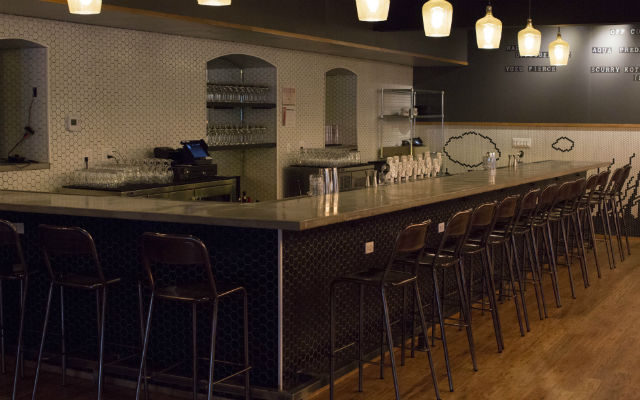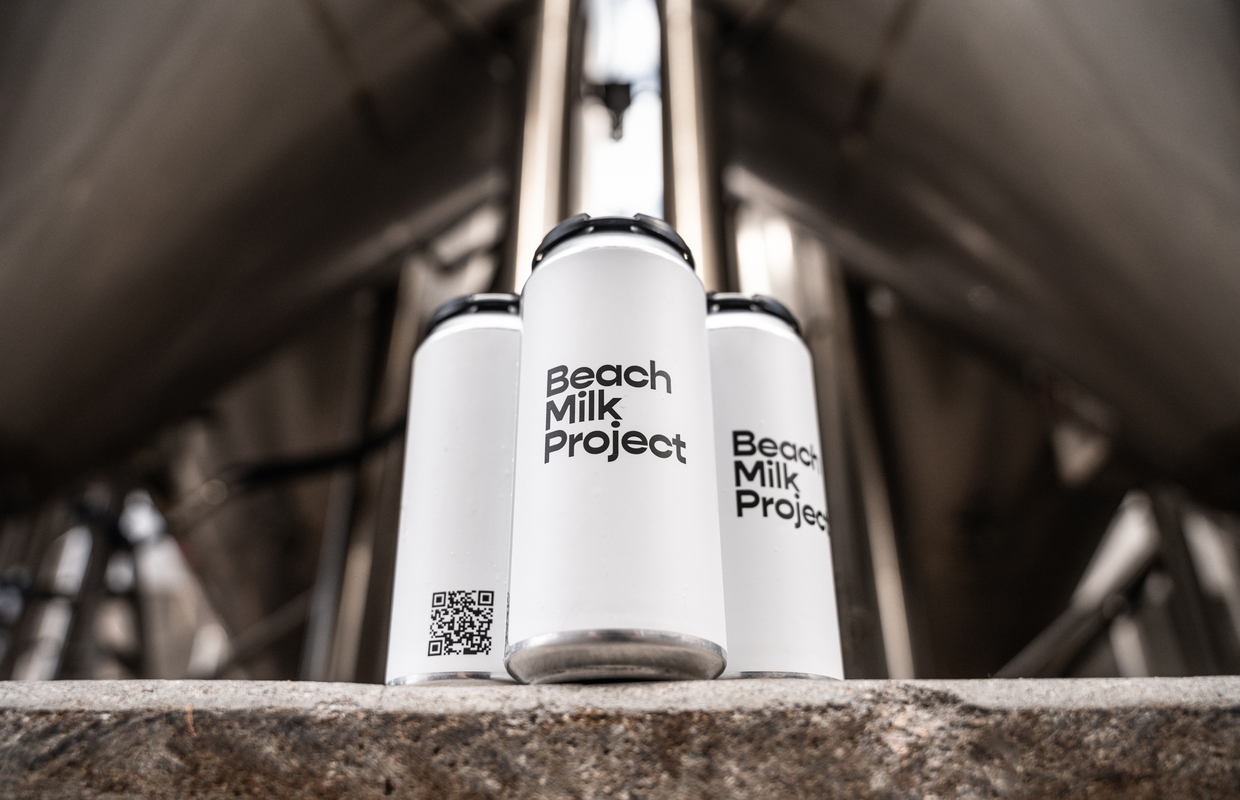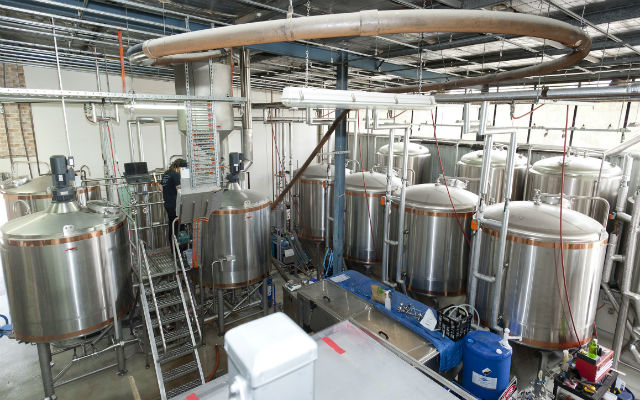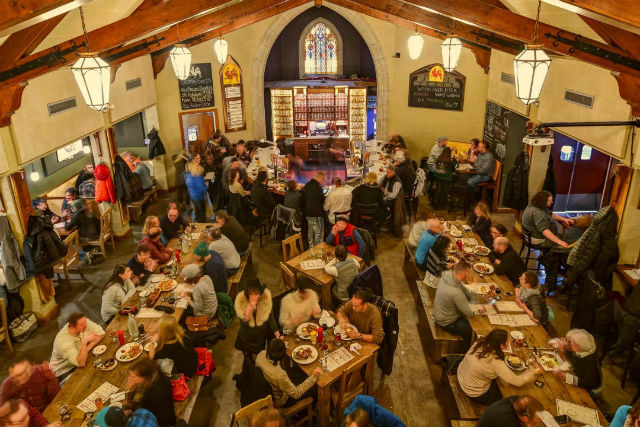
Off Color Brewing needed more space. So they built a Mousetrap.
It’s the second facility for the Chicago-based brewery. A similar 20-barrel brewhouse is in the new place, but it will be devoted to sours, funk and other barrel creations, which will give the brewery’s main production facility to focus on the brewery’s three core brands.
Off Color hit over 6,000 barrels in 2016, more than that in 2017 and saw the next step in growth was thinking small. They added a 8,000 square foot facility, now called Mousetrap.
“We did not have plans for a taproom in our original business plan,” said the brewery’s Ben Ustick. “We wanted to focus on doing one thing really well and that was making beer.
“Ultimately, the market changed, people let us know that there was a strong need for a taproom, and we listened.”
There were a few factors for the decision.
First, Off Color wanted to separate all wild fermentation from the production brewery to avoid any potential contamination issues. Second, the brewery’s growth of the core lineup brought them to peak capacity at its original Dickens location which opened in 2013, which in turn limited their ability to brew more wild and experimental beers because of a lack of space and time. Thirdly, there was a consumer clamor.
“The most common question we would get at the original brewery was ‘Where is your taproom?’,” Ustick said.
He did admit that Off Color stuck to its namesake and did do research for a new facility in the traditional way.
“We knew that we wanted to be in an established neighborhood and that the locations had to fit our unique needs as a brewery and taproom,” he explained. “We looked at about 50 locations, but ultimately found our spot when co-owner Dave Bleitner saw a ‘for rent’ sign on a building on his way to a baby store.”
In terms of the monetary issues, the brewery did not bring on any new investors and instead funded the new location through loans and re-investment of brewery capital.
As for advice for other breweries looking for that second location, Ustick said that licensing is awful.
“No matter when you plan to open and how much money you have, you will open later than you planned with less money than you anticipated,” he said. “Also, there are a lot of taprooms opening. Simply having a taproom may not be enough. Make sure you know how you’re going to make yours stand out.”
Photos courtesy Jeremy Farmer






Be the first to comment